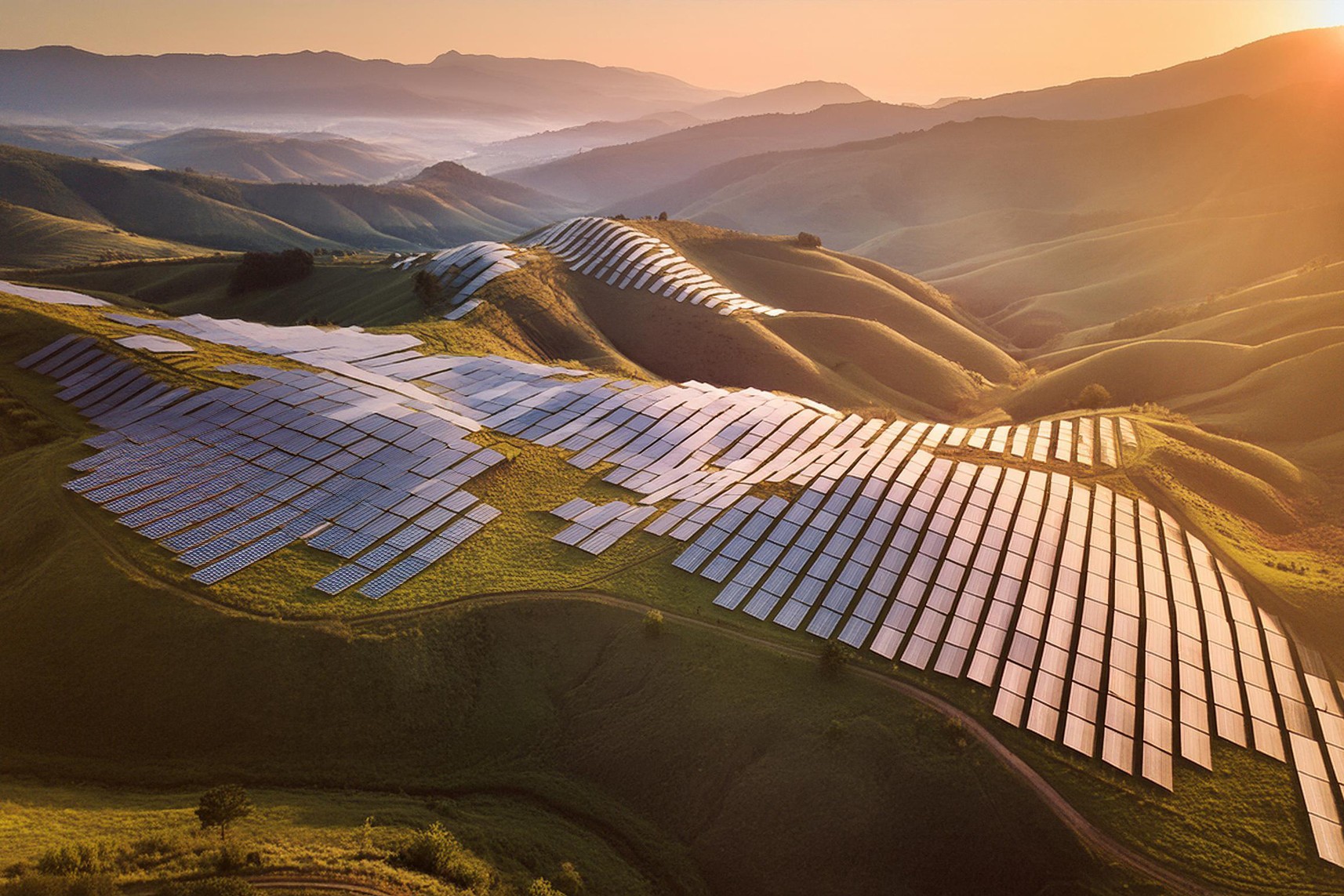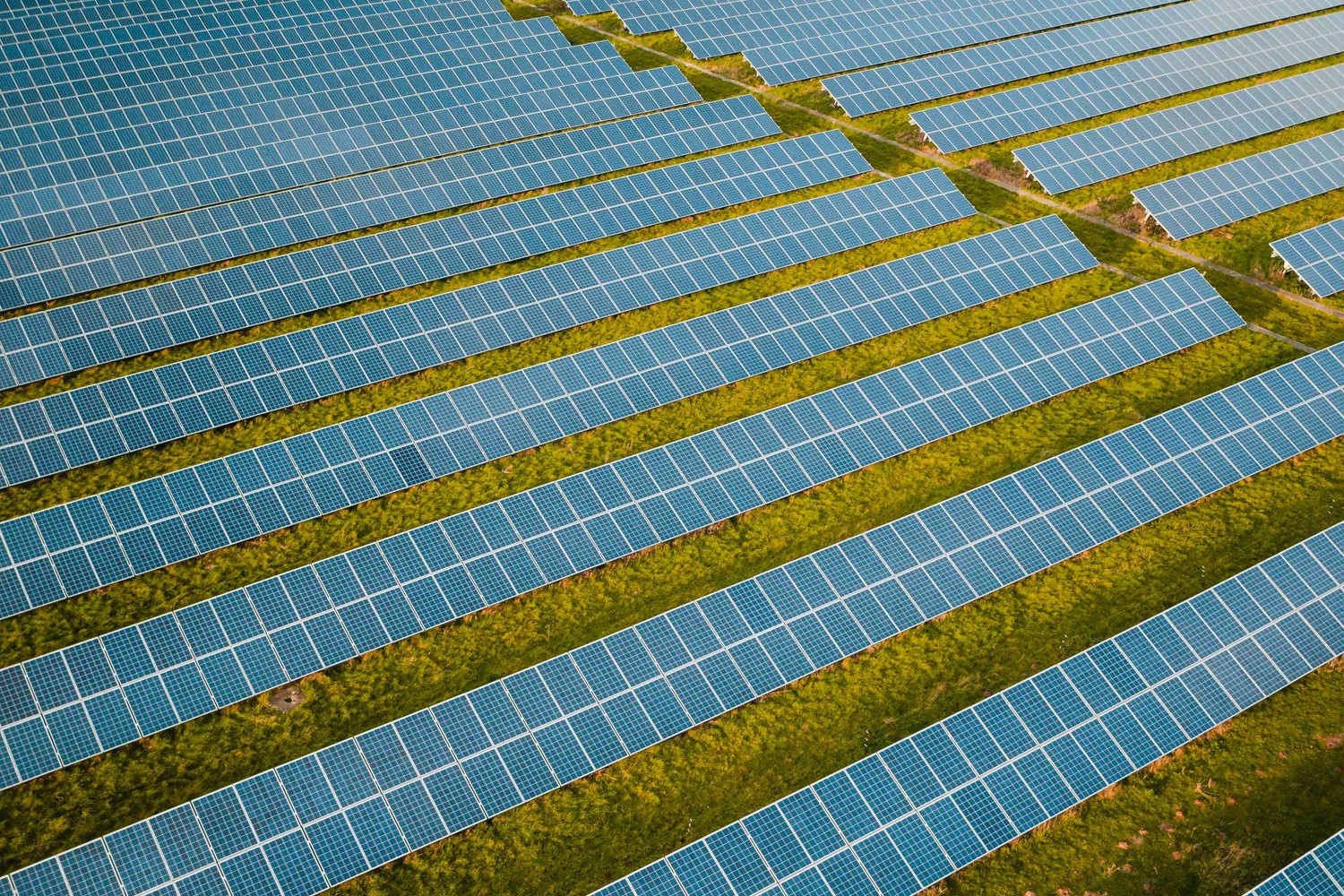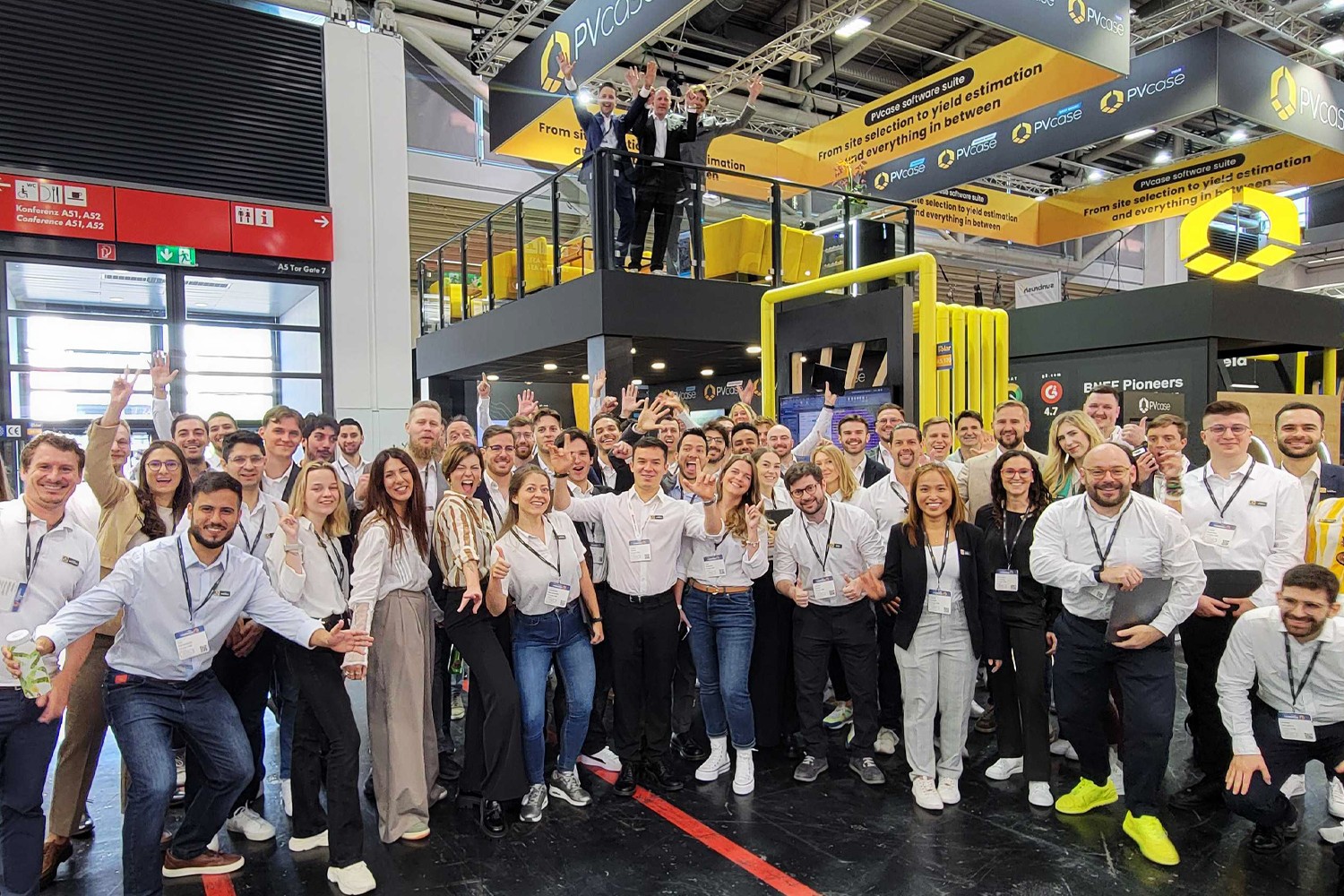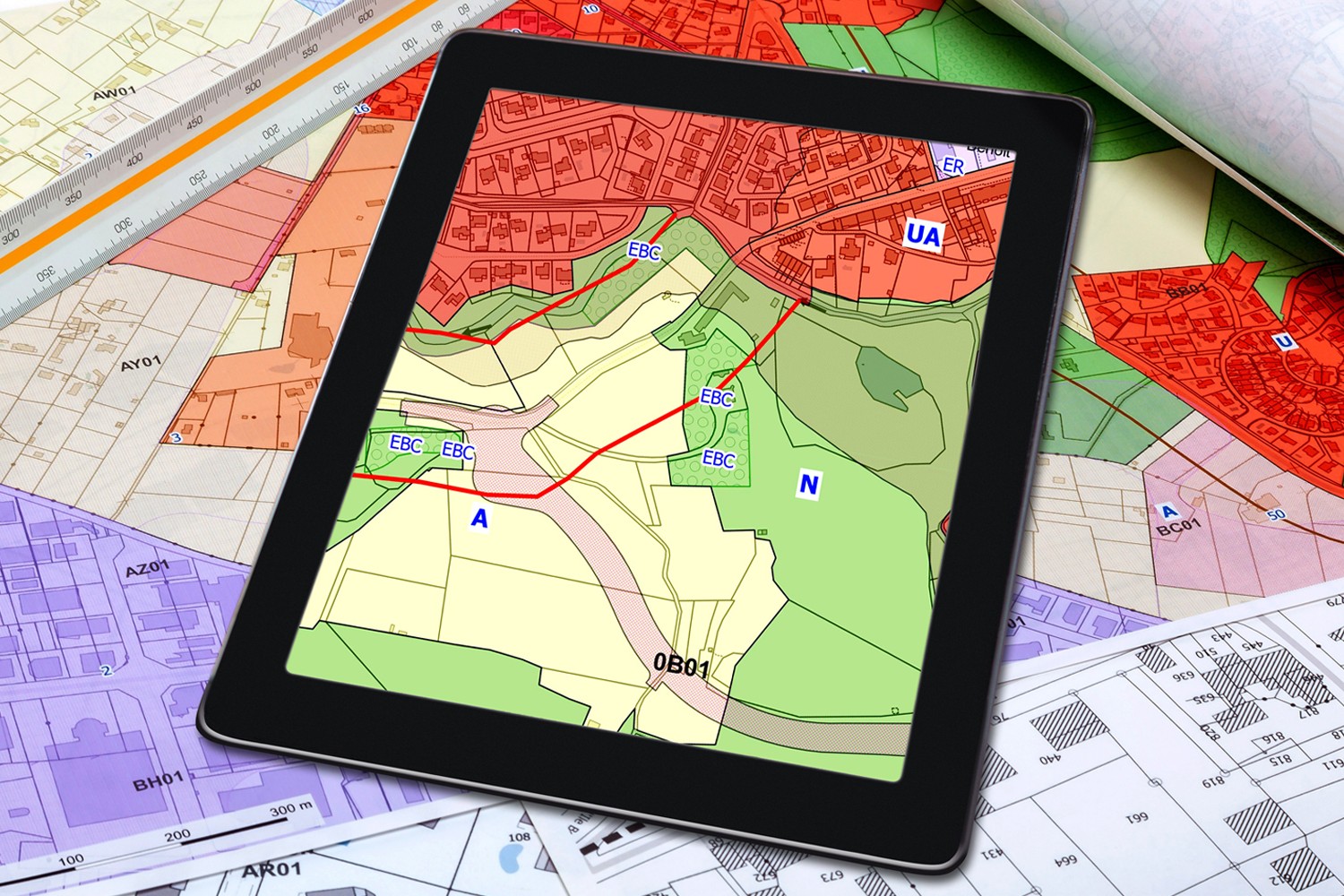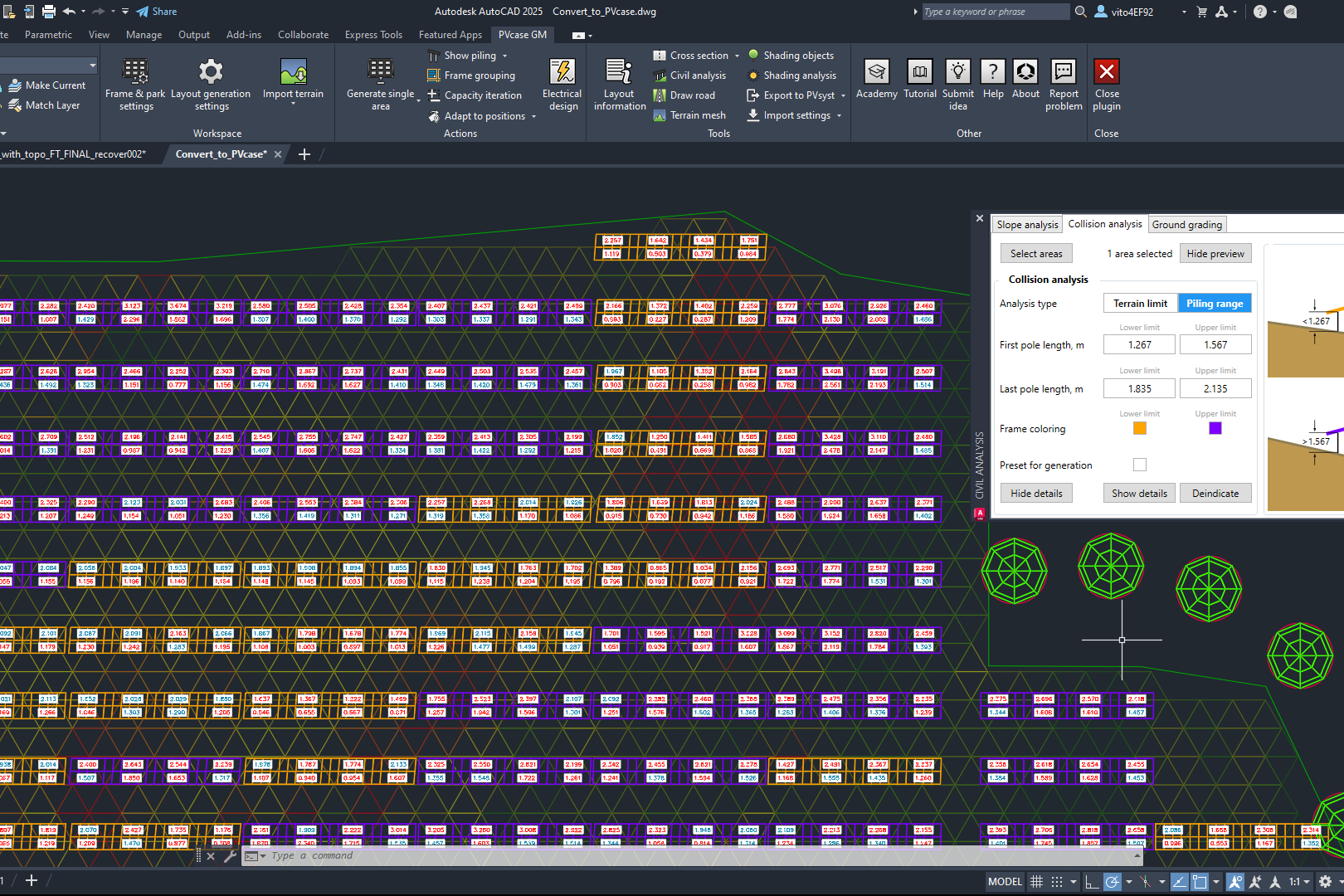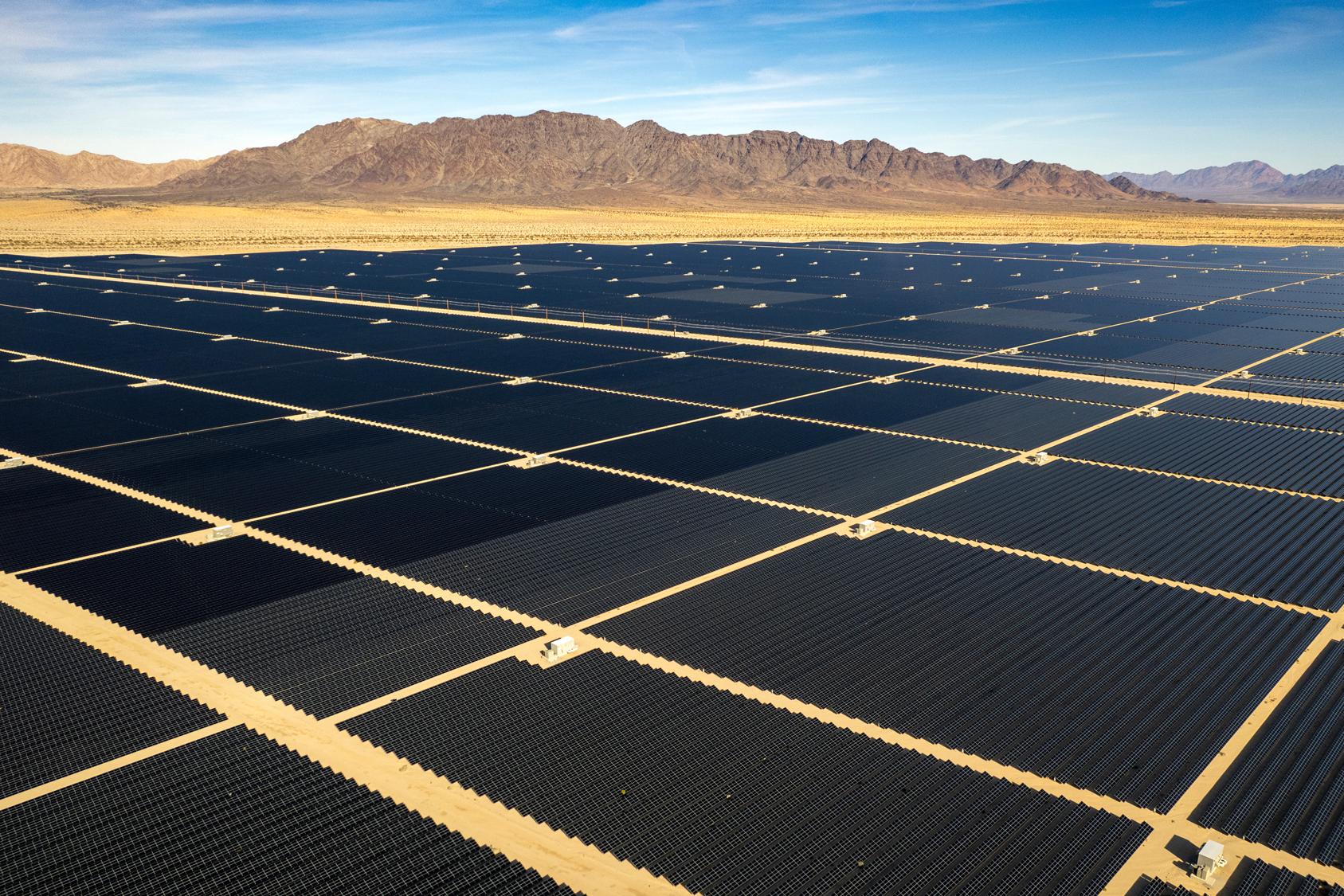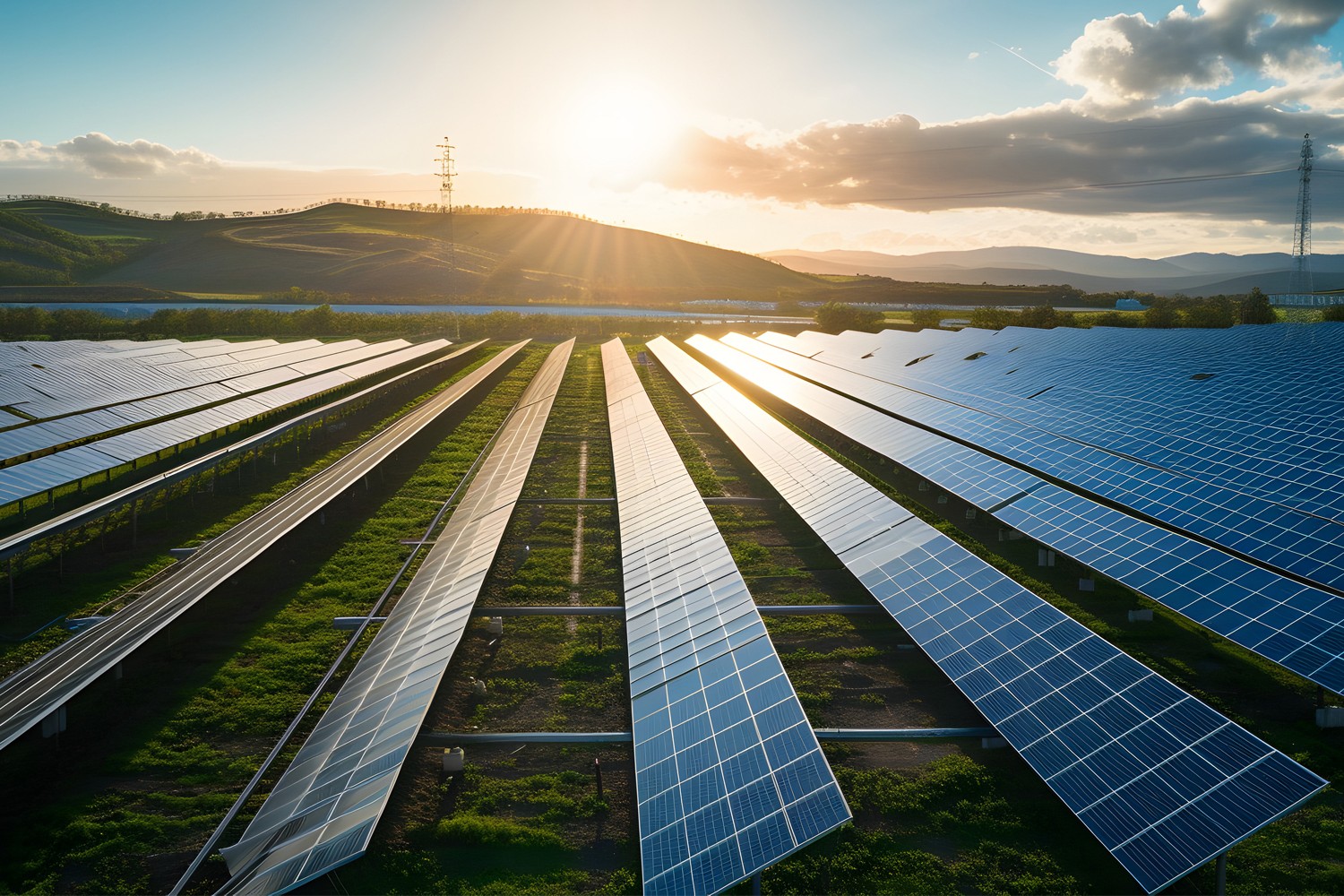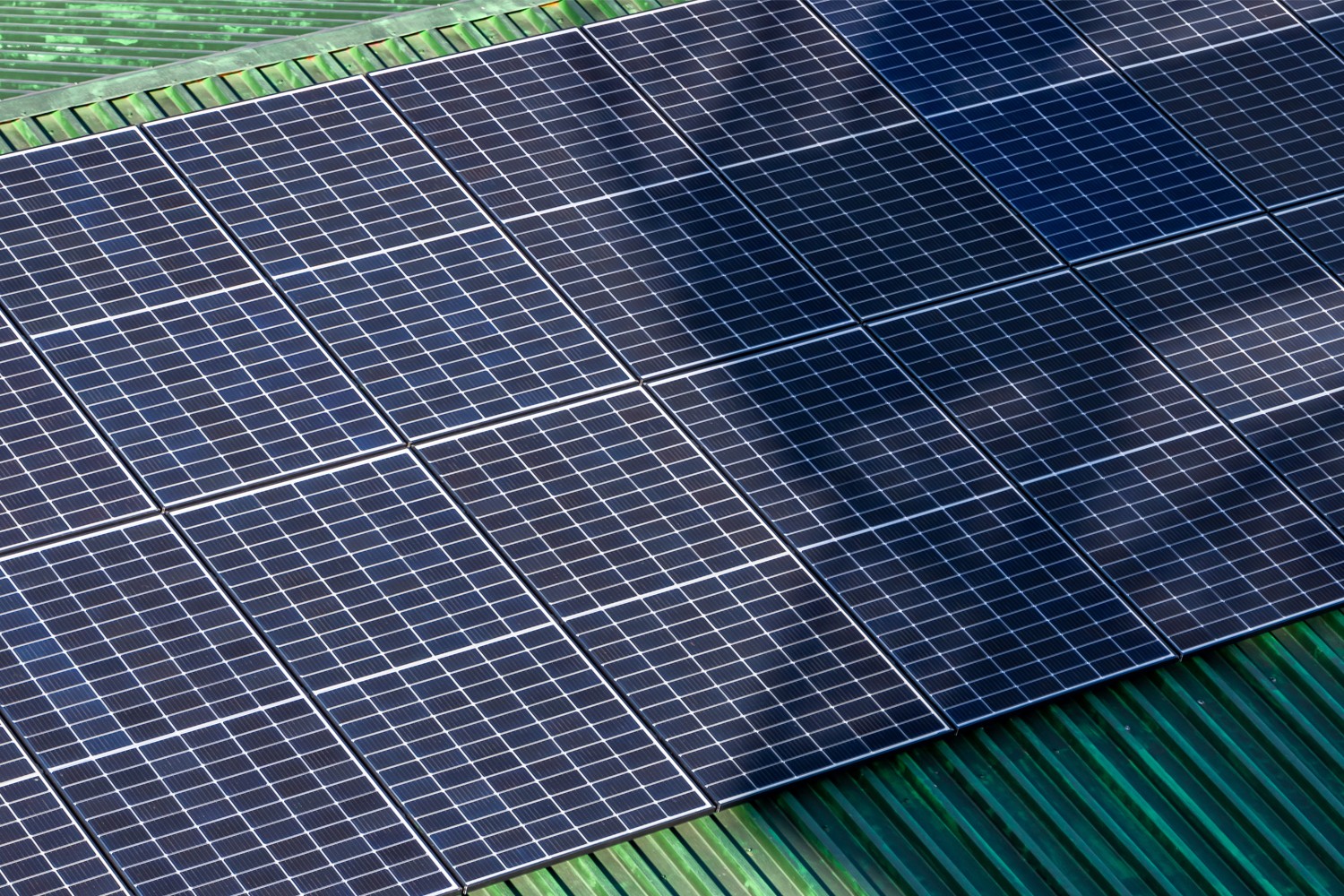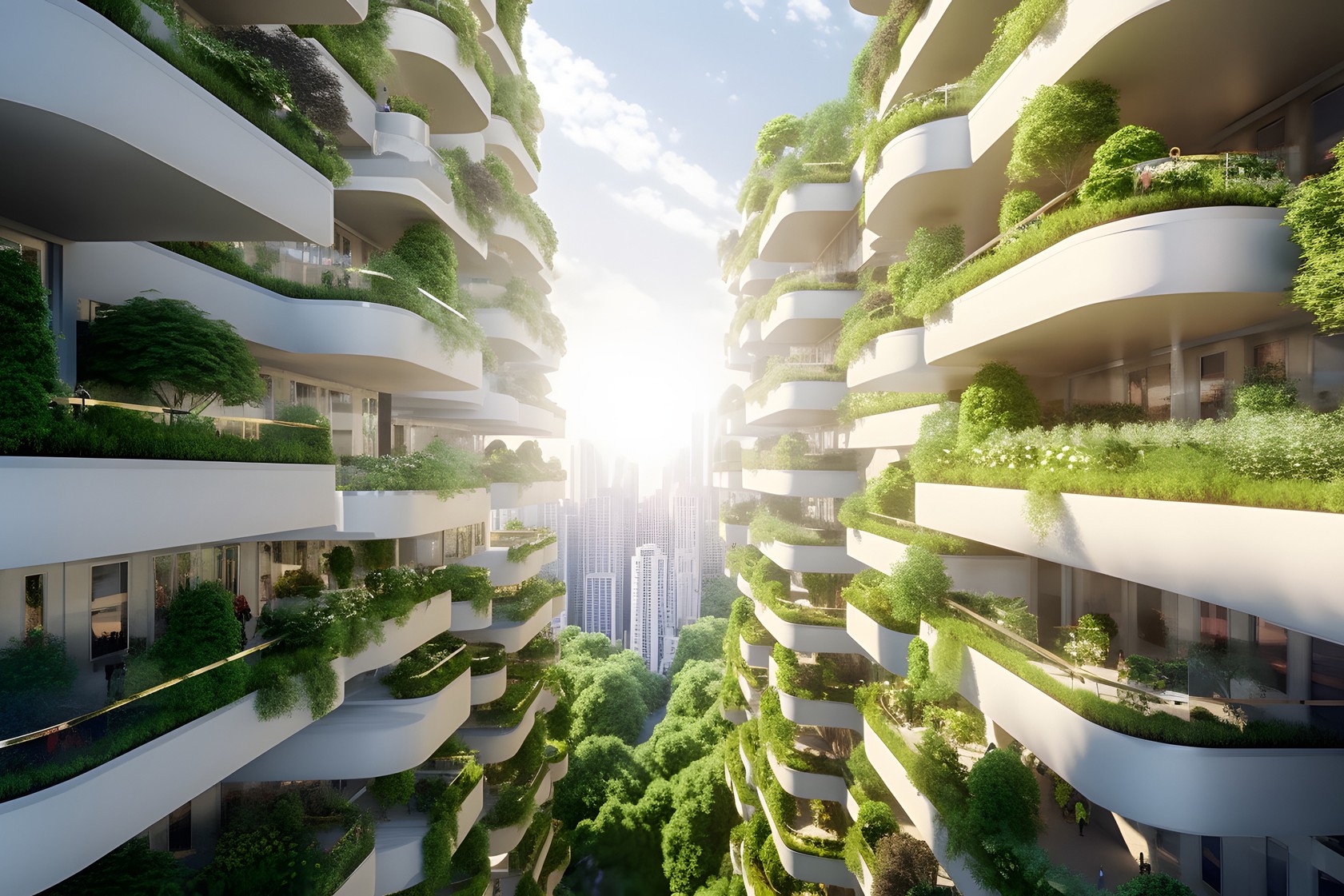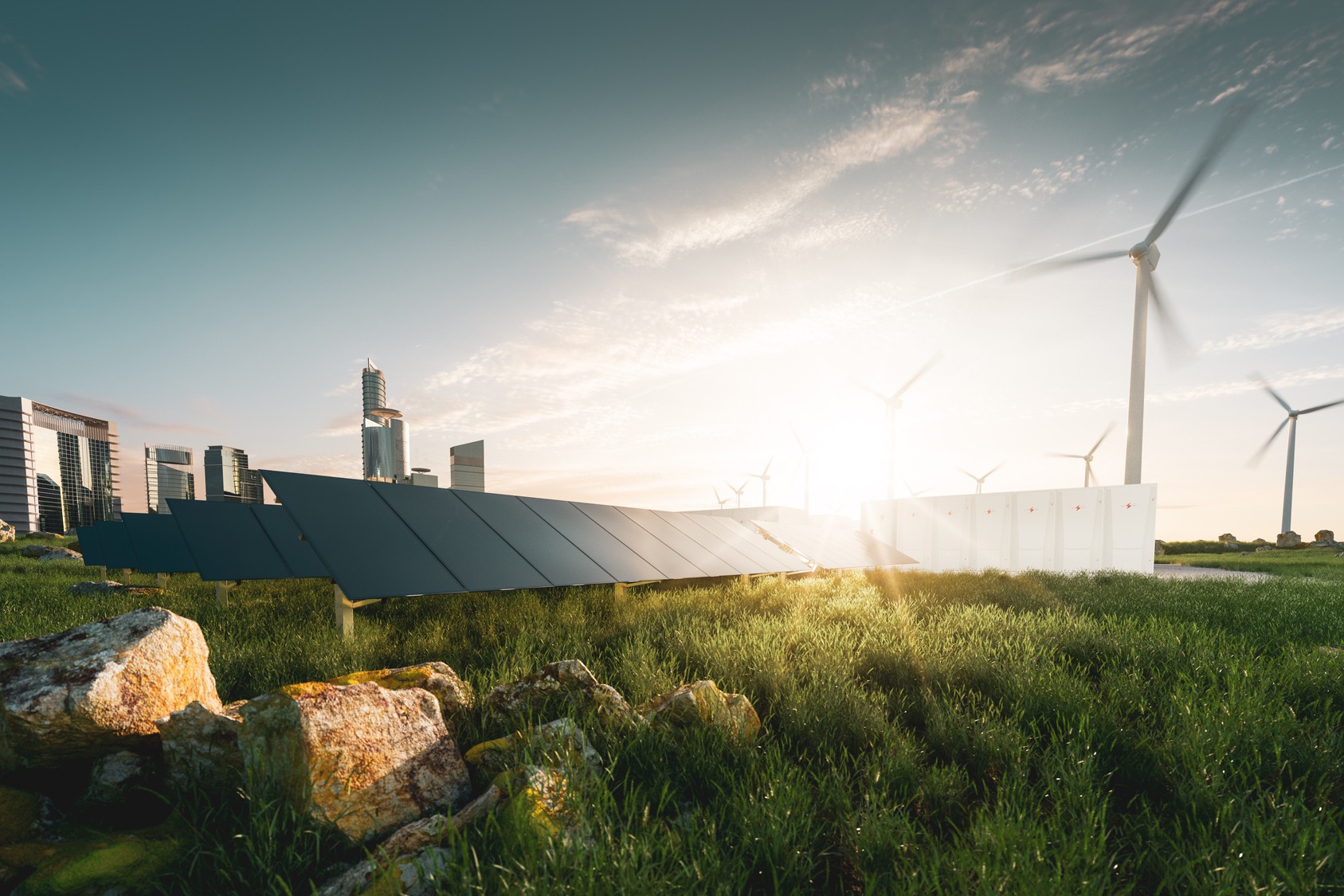Windlab confirms the final stages of testing the Kennedy Energy Park, a solar-wind hybrid project that is going to join the strengths of both spheres. After years of delays, the project is finally approaching the stage of full operation.
The facility and its prospects
The whole thing indeed looks like the renewable energy dream to come true for the Australian market. The Kennedy Energy park is located in Flinders Shire, Queensland and is hoped to provide significant economic benefit for the region. The park was completed in 2018 and it was the world’s first utility-scale project combining solar, wind and storage. The park combines 43 MW of wind, 15 MW of solar, and a 2 MW/4 MWh battery. However, since its completion, the park’s operation has been delayed due to legal and technical challenges.
The location of the park was selected due to the area’s high solar irradiance. In Flinders Shire on a typical day the solar energy ramps up in the morning. However, in the evening when the sun sets down, the wind power increases and it continues to generate power throughout the night. This wind and solar combination prevent the intermittent processes of low power generation in cases of using only solar and wind energy.
The energy plant is developed jointly by Windlab, a global renewable energy development company, and Japanese energy company Eurus Energy. The project already secured a 10-year power purchase agreement with Queensland’s CS Energy. It goes well with Windlab’s plans to deliver around 20% of renewable energy in Australia.
The Kennedy Energy park is currently in the final testing stages and should go live in early 2023. After the initial tests, the facility is now fully authorized to work at 25 MW capacity. Such capacity allows the park to export 80% of the energy expected to be generated at its full 50MW capacity.
Hybrid renewable energy market
However, hybrid renewable energy plants are not a new phenomenon. For the past few years, they keep springing up all across the globe where weather conditions are beneficial for such projects. In Western Minnesota, a 5 million dollars worth solar/wind power plant was installed in 2019. It runs 500 kW of solar power through the inverter of a 2 MW wind turbine. Such utility plants are also present in India and China.
Solar and wind are not the only combination used in the hybrid renewable energy market. Other frequent combos include hydro and wind, solar PV and solar thermal, wind/hydrogen, wind/diesel and other systems. There are also possibilities to use three sources to boost the resulting energy even more, for example, by adding wave energy to solar and wind plants.
You might also be interested in:
July 19, 2024
Siting of PV power plants. How to adapt solar designs to complex terrains?
Choosing the wrong PV project site lowers energy output, raises costs, and risks legal issues. PVcase offers solutions. Discover them by reading the article.
July 16, 2024
Overcoming technical challenges in renewable energy projects. How PVcase transformed OHLA’s design process
Explore how OHLA overcame renewable energy design challenges with PVcase, streamlining solar park operations and achieving remarkable business growth.
July 3, 2024
Bridging the renewable energy skills gap. A success story of PVcase, Enery, and the University of Applied Sciences Upper Austria
Discover how PVcase, Enery, and the University of Applied Sciences Upper Austria have collaborated to prepare future solar engineers through an innovative educational initiative,…
July 1, 2024
Top 10 questions from Intersolar Europe 2024, answered
Get answers to the top 10 questions asked during Intersolar Europe 2024 that cover PVcase Prospect's availability, integration of PVcase products, and much more. Your question is…
June 19, 2024
Targeted solar marketing for successful landowner outreach — e-book included!
Discover how innovative strategies and Anderson Optimization's GIS Site Selection can boost solar outreach ROI and conversions. Download the ebook for more insights!
June 3, 2024
PVcase is part of the 42-month long SUPERNOVA project
PVcase, together with 19 partners from all over the world, is part of the 42-month SUPERNOVA project, focusing on O&M and grid-friendly solutions for reliable, bankable, and…
May 29, 2024
PVcase tools are now compatible with AutoCAD 2025!
We’re happy to announce that you can now use PVcase Ground Mound and Roof Mount, our flagship CAD-based tools, on AutoCAD 2025, enjoy its multiple functionalities and integrate…
May 20, 2024
PVcase is the finalist of “The smarter E AWARD” in the Photovoltaics category
We’re the finalists of “The Smarter E AWARD”! Read more about the nomination and dive into the PVcase Integrated Product Suite offering that innovates the industry.
May 14, 2024
Making great designs on good sites—the importance of topo data for PV design
Topo data is the first step in determining the success of your solar project. While the terrain is crucial in this regard, developers should also consider grid connectivity and…
April 29, 2024
How policy can shape future solar energy expansion
Policymakers and regulatory organizations must actively support solar power's growth and renewable energy advancement. Read the article to learn how.
April 25, 2024
Shading Analysis: advanced feature for C&I roof-mount solar projects is live
Shading Analysis is live! Read the article to learn about benefits, capabilities of the tool, and how it can help users and decision-makers.
April 9, 2024
PVcase wins the BNEF Pioneer Award 2024 for innovative solar design solutions
We won the prestigious 2024 BNEF Pioneers Award! Find out how our software contributes to relieving bottlenecks in the deployment of clean power.
March 29, 2024
Sustainable cities: what urban living of the future might look like
From clean energy to green bonds and renewable energy stocks, there are many ways you can invest your money in a sustainable future. Find them out by reading the article.
March 22, 2024
8 ways to invest your money in a sustainable future
From clean energy to green bonds and renewable energy stocks, there are many ways you can invest your money in a sustainable future. Find them out by reading the article.
March 21, 2024
8 business opportunities in renewable energy
There are many potentially lucrative business opportunities in renewable energy. Learn how you can use these opportunities to make money while contributing to the green…
